Participants are guided through the evaluation and diagnostic principles of muscular, tendon, ligament, joint, and myofascial trigger point palpation. During this section of the lab, the origin, insertion, and action of the muscle will be reviewed as well as diseases affecting those muscle groups and how to select an effective treatment option. The lab will be broken down into three main areas: forelimb, hindlimb and core. Participants will become proficient in functional anatomy.
Learning objectives include a review of key muscular and tendon groups essential to clinical assessment and rehabilitation. We will identify the muscles that form the rotator cuff and discuss their role in shoulder stability and function. The Achilles tendon will be examined in detail, focusing on its composite structure of the gastrocnemius, superficial digital flexor, biceps femoris, gracilis, and semitendinosus muscles. Participants will also explore the muscle atrophy patterns associated with hip dysplasia, primarily involving the gluteal and hamstring groups. We’ll review the hamstring group itself and its critical role in propulsion and hip extension. Finally, we’ll examine the primary elbow flexors to enhance understanding of forelimb mechanics and movement.
From Anatomy to Action Outline
Appendicular Skeleton
Forelimb- Shoulder
- Elbow
- Carpus
- Digits
Hindlimb
- Pelvis
- Coxofemoral
- Stifle
- Tarsus
- Digits
Head and Neck - Exercises for Head and Neck
Back - Exercises for Back
Chest - Exercises for Chest
Abdominal - Exercises for Abdomen


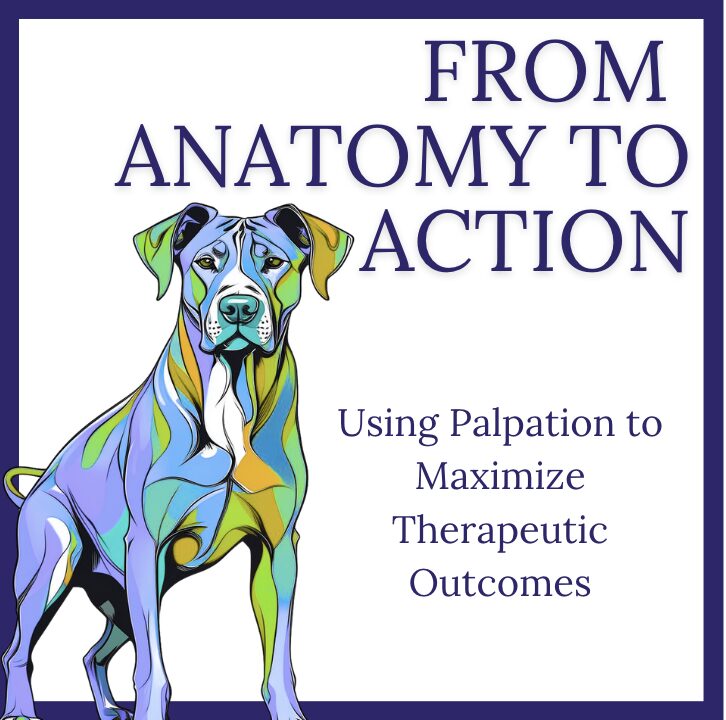

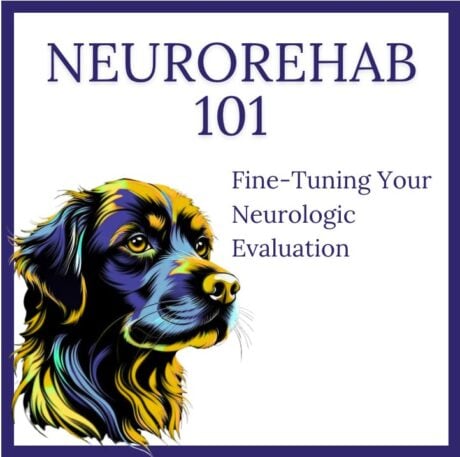
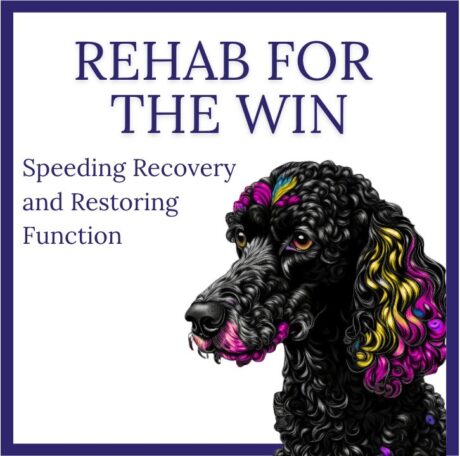
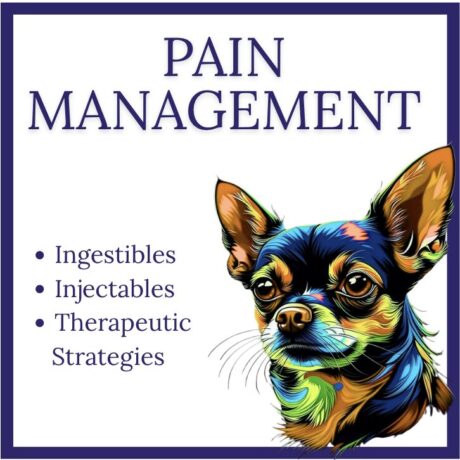
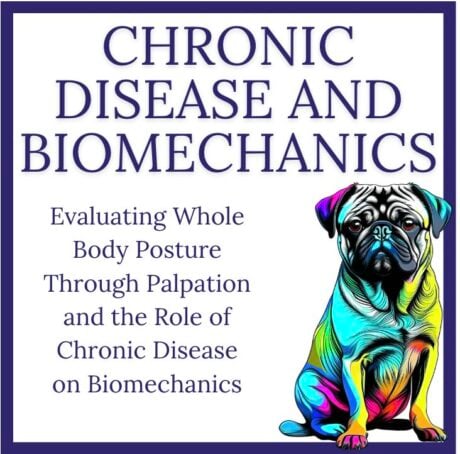

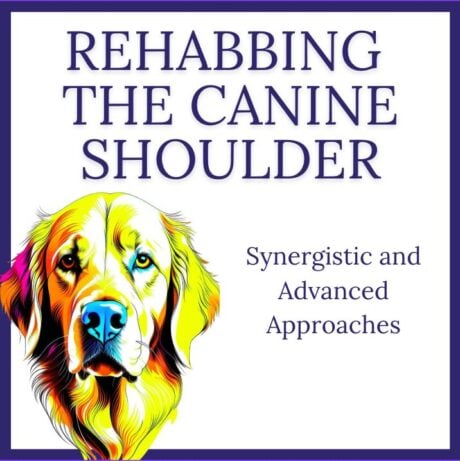
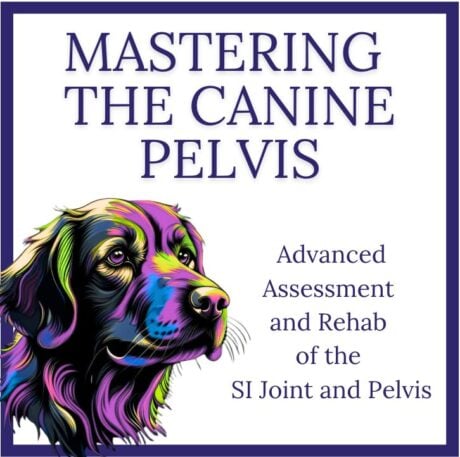
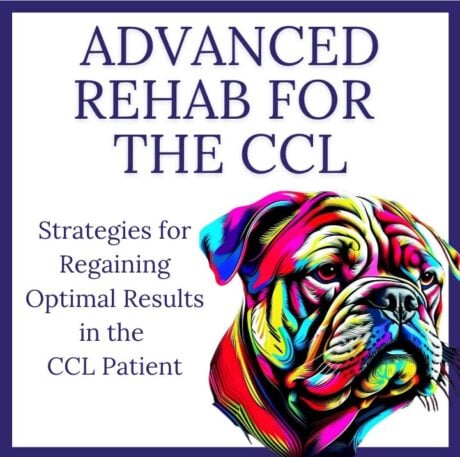
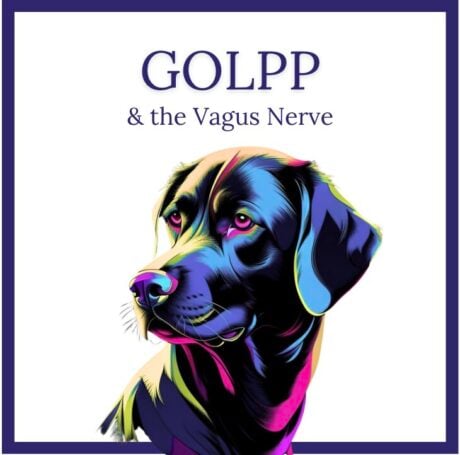

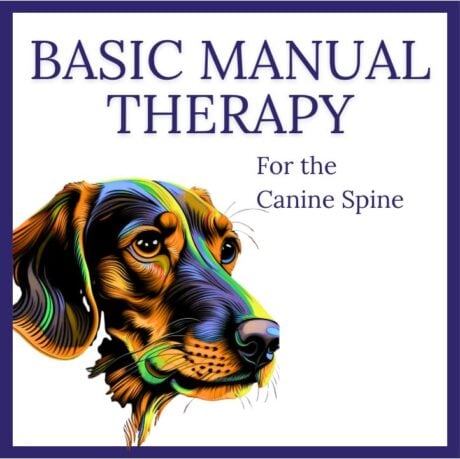
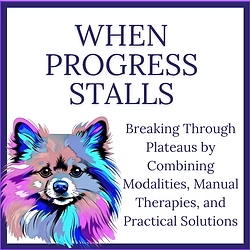
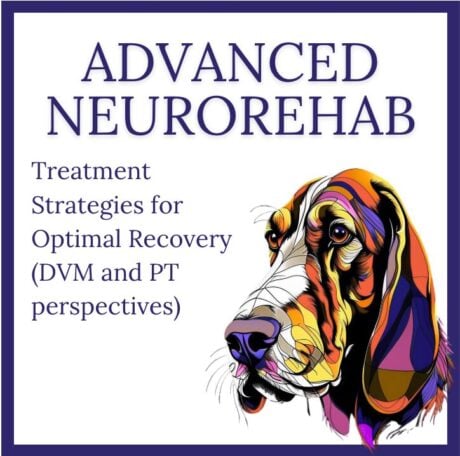
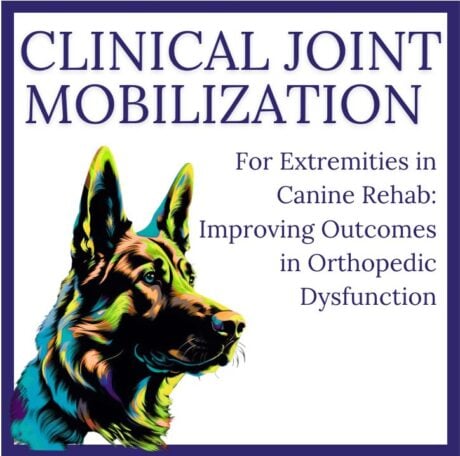
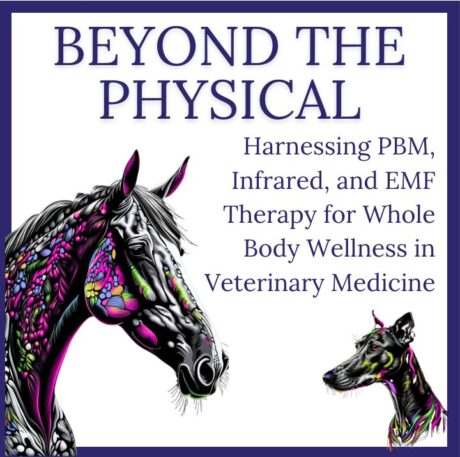
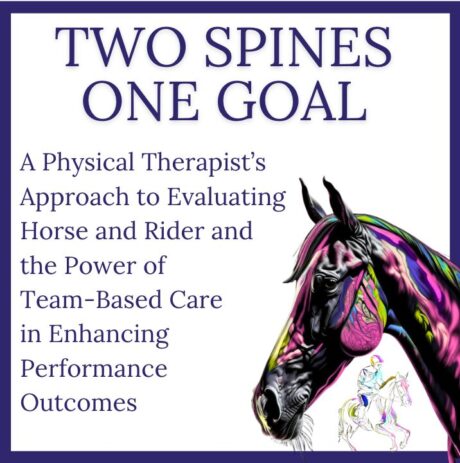
Reviews
There are no reviews yet.